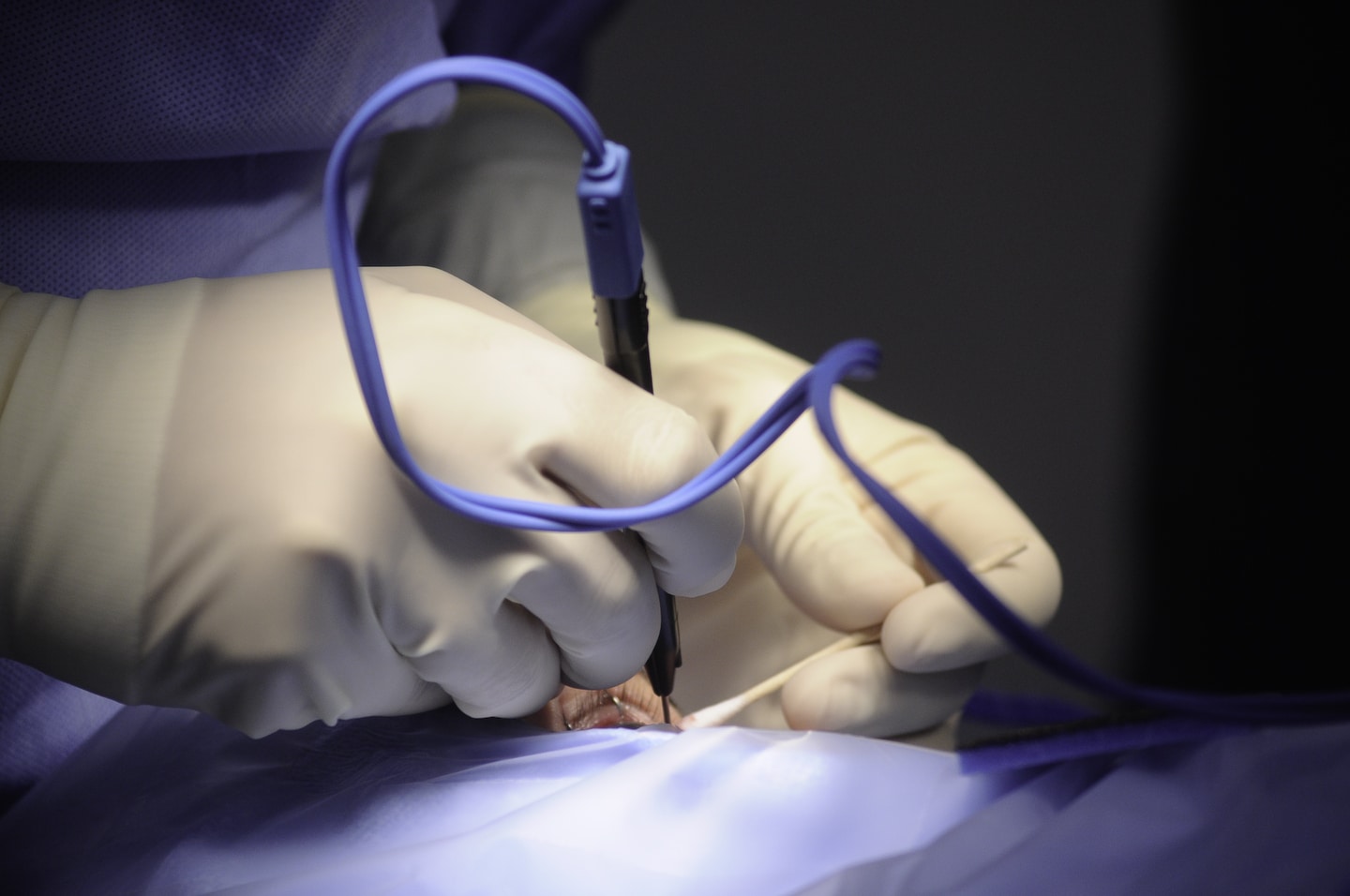Oculoplastic Surgery
Also known as ophthalmic plastic surgery, oculoplastic surgery is a high-specialised field of medicine which concerns the plastic and reconstructive surgery of the orbit (bony socket), the tear ducts and the eyelids, as well as cosmetic surgery of the brows and eyelids.
As a surgical subspecialty of ophthalmology, oculoplastic surgery entails the medical and surgical treatment of various abnormalities in the area around the face which include the eyes and eyelids; addressing a variety of issues in the tear (lacrimal) system, as well as the facial area around it. At Cathedral Eye Clinic, oculoplastic surgery is offered to patients to address issues such as cysts and tumors on the eyelids, ptosis (drooping eyelids), dry eye syndrome, thyroid eye disease, orbital conditions and artificial eyes.
The expert team of oculoplastic surgeons at Cathedral Eye Clinic also offers a range of aesthetic treatments, including blepharoplasty and botulinum toxic injections (botox). Examples of oculoplastic surgeries at Cathedral Eye Clinic include:
- Cosmetic eyelid surgery (also known as ‘blepharoplasty’)
- Eyelid ptosis surgery (used to address droopy eyelids)
- Eyelid reconstruction (used following trauma or tumour removal)
- Eyebrow lift (used to address droopy or heavy eyebrows)
- Enucleation and evisceration (also known as ‘orbital implants’)
- Epiphoria (also known as ‘dacryocystorhinostomy’ (DCR))
- Socket reconstruction (dermix fat grafts, orbital implants, mucous membrane grafts)
- Eyelid gold weights (used to address facial palsy)
What is an Oculoplastic Surgeon?
An oculoplastic surgeon is an eye doctor (ophthalmologist) who has received specialised training in eyelid and facial plastic surgery. These highly-skilled medical professionals are equipped to conduct a range of surgical procedures, from basic eyelid repositioning to complex reconstructions of the eyelids and its surrounding structures, including the brows and orbital area. Beyond the eyelids, oculoplastic surgeons possess specialised knowledge of the tear (lacrimal) system, the forehead, the cheeks and the eye’s bony sockets (also known as the orbit).
An important function of an oculoplastic surgeon is to undertake a rigorous assessment of the eye’s surface health, including the functioning of the eyelids. Indeed, Cathedral Eye Clinic’s meticulous screening process will detect a range of potential issues in these areas, whilst also helping our surgeons to determine whether or not oculoplastic surgery is a suitable treatment for you and your eyes.
Types of Oculoplastic Surgery
The expert team of ophthalmologists and oculoplastic surgeons at Cathedral Eye Clinic come as some of the most experienced in the island of Ireland. This unrivalled experience allows the following oculoplastic surgeries to be offered at our facilities:
- Blepharoplasty and ptosis repair: Often carried out to correct droopy eyelids, these procedures are some of the most common to be carried out by oculoplastic surgeons. Blepharoplasty involves the surgical removal of excess skin and muscle from the eyelids, offering a more youthful appearance to patients whilst also improving vision quality. Meanwhile, ptosis repair procedures involve the restoration of the eyelid’s edge, returning it to its normal, healthy state above the pupil. Both of these procedures are brief and relatively painless.
- Eyebrow lift: This procedure involves a lifting of the eyebrows back to their normal, healthy location. Often combined with a blepharoplasty or ptosis repair, eyebrow lifts can also offer a more youthful appearance whilst improving overall vision quality.
- Epiphoria (also known as ‘dacryocystorhinostomy’): Epiphoria procedures are carried out by an oculoplastic surgeon to address blockages in the tear ducts. A blockage is opened up by performing a bypass, returning the flow of tears to their normal and natural state. Plastic tubes are inserted in any new tear drain to allow for optimal healing and normally stay in place for three to six months.
- Tumour removal: Whether tumours are benign or malignant, a biopsy will allow an oculoplastic surgeon to diagnose and treat them. Tumour removal may be used to treat a range of cancers found in the eyelid and orbital area, including basal cell carcinoma, squamous cell carcinoma and sebaceous gland carcinoma.
- Ectropion and entropion: These are conditions that can affect the eyelid’s position, and are often experienced when the eyelid turns away from, or towards the eye. These conditions can lead to considerable discomfort and discharge and can be corrected by an oculoplastic surgeon.
How to Prepare
Cathedral Eye Clinic recommends making the following preparations ahead of any oculoplastic surgery:
- Inform your GP before you receive any oculoplastic surgery.
- Stay clear of certain medications (including non-steroidal anti-inflammatory agents and warfarin), as well as health supplements. Your surgeon will be able to advise you in this regard.
- Make travel arrangements – organise for someone to pick you up on the day of your surgery and stay with you for the first eight hours.
Associated Risks
As with any medical procedure, oculoplastic surgery carries certain risks, which your oculoplastic surgeon will advise you of. Oculoplastic surgery risks include:
- Scarring
- Asymmetry
- Wound dehiscence
- Ptosis
- Globe perforation during local anaesthetic injection
- Visual impairment (in rare cases)
- Overcorrection (in rare cases)
Learn more about Cathedral Eye Clinic with our Advanced Laser Technology article
Bring your world into focus. To hear more about our treatments, our free suitability assessments or to book a consultation, get in touch with Cathedral Eye Clinic today.








